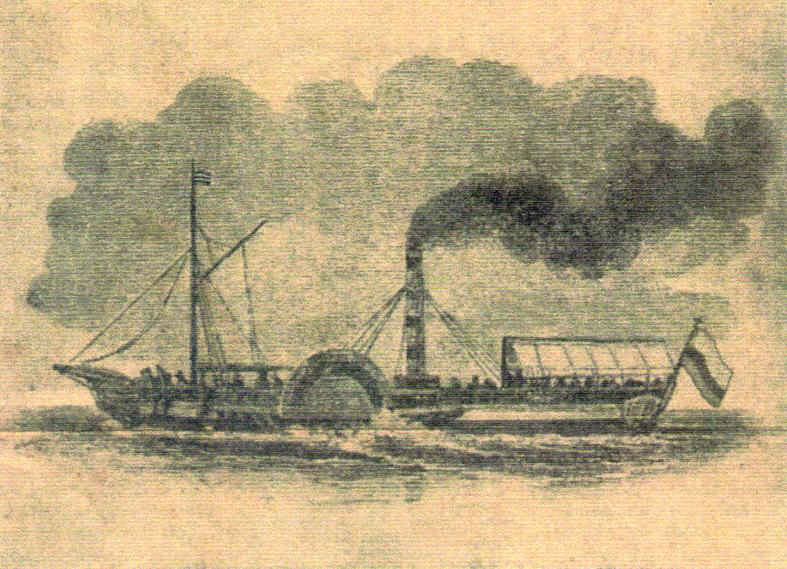Owner Comments:
Ecuador - 1946 - Un Sucre - (KM #78.2, EC #225) - Mintage: 18,000,000
Composition: 100% Nickel
Ecuador began adopting a decimal coinage system in 1874 with the minting of one and two centavo coins at the Mint in Birmingham, England. The transition was completed on March 22, 1884 with the creation of the silver
sucre coin which was equivalent to 100 centavos. The sucre remained the official unit of currency in Ecuador for 116 years until the President of Ecuador announced on January 9, 2000 that the US dollar would be adopted as Ecuador's official currency.
The country was in turmoil through much of the 1930's and a nickel sucre coin was introduced replacing the silver sucre which was last minted in 1934 by the Philadelphia mint. The government announced later in 1937 that the nickel sucre was intended to be provisional and could eventually be redeemed for a silver sucre. This never happened, and 1937 marked the end of the silver sucre. 1946 was the last year the Philadelphia mint produced coinage for Ecuador. Four denominations (5, 10, and 20 Centavos, and Un Sucre) were coined with a total combined mintage of 128,000,000 coins with a total face value of 29,500,000 Sucres.
This issue echos the design style of the 1924 and 1928, 5 and 10 Centavo coins. It is also one of those confusing coins where a case can be made for either side to be identified as the obverse. Krause & Mishler (KM), which is the source of the NGC World price guide, designate the date side of the coin as the obverse. NGC, however designates the figure side of the coin as the obverse and mounts the side with the bust of Sucre on the label side of the holder. I will describe the coin here in those terms.
Obverse
The distinctive portrait on the obverse of this coin is that of Antonio José de Sucre. Sucre was born in 1795 in Venezuela, and from the age of 15, spent the next 20 years fighting for independence from Spanish rule. During this time he became a collaborator of Simón Bolívar, a Venezuelan general, and the first constitutional president of Bolivia, all before the age of 35. Sucre led the patriots to a decisive victory at the battle of Pichincha on May 24, 1822, effectively freeing Ecuador from Spanish rule. His life was cut short on June 4, 1830 when he was assassinated while on his way to Quito. Sucre was laid to rest in his own Mausoleum Chapel in the Cathedral of Quito. He is considered the liberator of Ecuador, and appears on many Ecuadorian coins. On this version of the UN SUCRE coin, the bust of Sucre is surrounded by laurel branches over the denomination UN SUCRE.
Reverse
These coins were minted for the "Republica Del Ecuador" by the Philadelphia mint, however no mint marks were used on the minor coinage produced for Ecuador in Philadelphia. Ecuador dictated the various elements that of their coat of arms, but the actual rendering of these elements by the various mints which produced their coins can vary greatly from mint to mint. In this case the central elements of the ship, water and mountain look more like an ocean going freighter sailing away from a mountainous coastline rather than the river steamship
Guayas, sailing the Guayas river with the snow capped Chimborazo volcano in the distant background. There is also no Caduceus appearing as a mast on the ship, an aspect which seems to have eluded all but one mint. The following is a depiction of the 1841 steamship
Guayas for comparison:
 This coin
This coin
This is a softly struck, although very well preserved example of this very common coin. NGC has graded only three finer at MS66.
Date acquired: 12/8/2015 (raw coin)
Date graded: 3/3/2016 (self submitted)
References:
Seppa, Dale and Anderson, Michael,
the COINS of ECUADOR (second edition), Almanzar's Coins of the World, San Antonio, 1973.
Rev. 11/23/2018